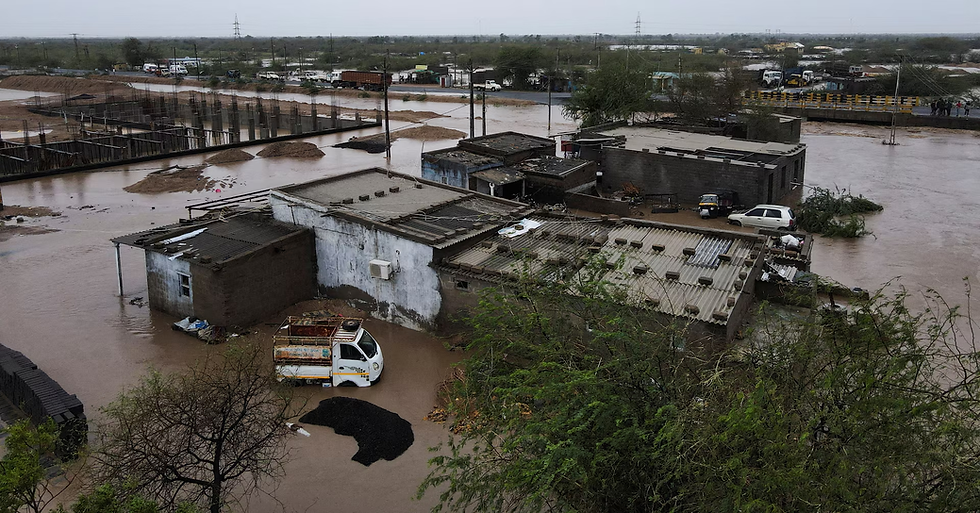Weather Diplomacy: China’s Meteorological Power Play
- Tharindu Ameresekere
- Dec 12, 2024
- 2 min read

Picture Credit: Photographer: Andrey Rudakov/Bloomberg
In an era where climate challenges demand global cooperation, nations are using weather science as a tool for geopolitical influence. China, under President Xi Jinping, is prioritizing its rise as a “weather superpower,” significantly increasing investments in climate research and meteorological infrastructure.
Over the last decade, China has boosted its climate diplomacy spending by nearly 500%, deploying programs that provide technical aid and weather forecasting training to developing countries. Initiatives such as the Asia-Pacific Typhoon Collaborative Research Center and a fellowship program for scientists from the Global South aim to build goodwill, spread Chinese technology, and amplify Beijing’s influence in international meteorological organizations.
Meanwhile, the U.S. National Oceanic and Atmospheric Administration (NOAA), a leader in global weather research and training, faces potential budget cuts under a new Trump administration. Conservative policy proposals suggest dismantling NOAA's climate initiatives, which have historically provided free, high-quality forecasting tools to developing nations.
Experts warn that reducing U.S. contributions to global meteorology could cede critical ground to China. The loss of NOAA’s International Desks, for example, would undermine decades of leadership in weather diplomacy, creating an opportunity for Beijing to dominate this field.
However, it's not all about soft power and diplomatic relations. This tug of war between China and the US has had a positive effect in terms of overall development in climate studies worldwide, with each nation trying to push the boundaries to have that competitive edge over the other. NOAA received $7.1 billion in funding this fiscal year, which helped support its international funding programs , however with president Trump’s incoming term if funding is withdrawn from the agency these international programs will be in jeopardy.
In stark contrast, China has ramped up its efforts. In the COP29 meeting this year in Azerbaijan, China revealed that they will be starting a new project which will offer more than 2,000 training fellowships to scientists from developing countries to further improve their abilities to predict climate risks.
As China and the U.S. vie for influence, we should be weary as the stakes extend beyond weather science as we face an unprecedented global warming threat which shakes our understanding of earth's climate fundamentally.




Comments